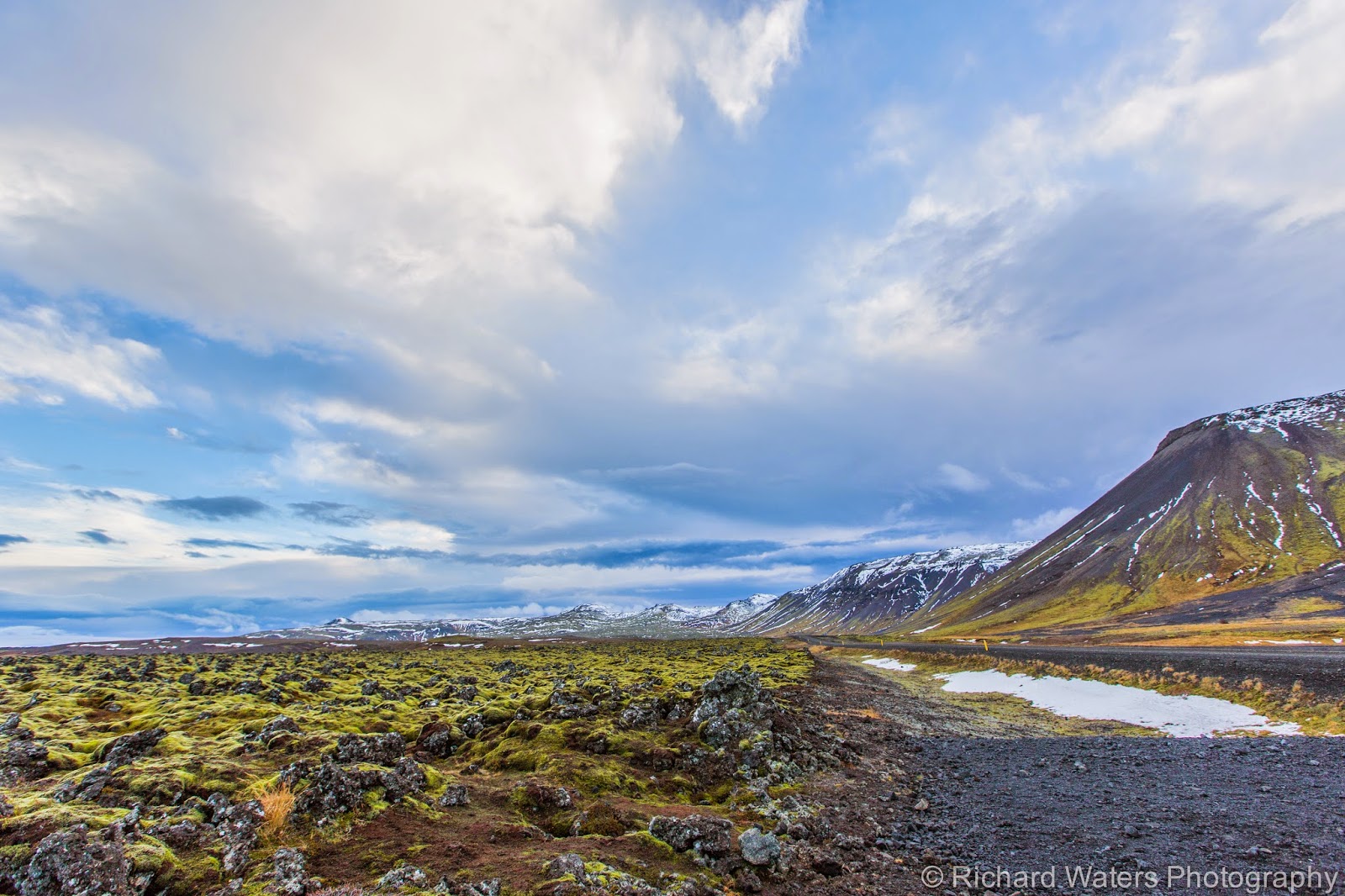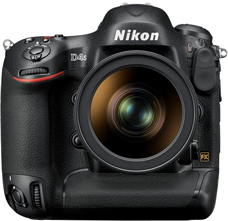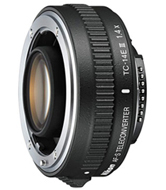2014 has been another year where photography has had to take a bit of a back seat for me, for various reasons. However, there have still been some incredible highlights, including going on a trip of a lifetime, which is where this blog starts.
[Photographs and videos are best enjoyed full screen]
Himalayas
In February, I was lucky enough to go on a expedition to the Himalayas to try to photograph the elusive snow leopard. It involved camping at altitude with a night-time temperature of -30 degrees Celsius, so not a trip to be taken lightly.
There's more details on my original blog post, and here's a short video with the highlights, including, if you look very closely, a mother snow leopard, with her two sub-adult cubs.
Lake District
In April, I went to the Lake District, and had some luck with some nocturnal wildlife, as it were.
London Marathon
Istanbul
In July, Istanbul beckoned for a long weekend. I could not recommend it more highly as a city break, with so much to see within a compact area, and an easy-to-use tram service.
Iceland
In October, a trip to Iceland was coupled with some extremely challenging weather conditions - 120mph winds meaning one day was a complete write-off. I'd wanted (again!) to photograph the Northern Lights, but cloud cover/rain meant this was very difficult. In one brief opportunity, we managed to get out into the darkness (and cold!) to get some shots, albeit they aren't great!
Deer rut
The Red Deer rut is very popular with photographers, so I thought I'd check out some fallow deer instead. This video shows some males preparing for the rut - well worth watching with sound!
Birdlife in the UK
In January, the year started nicely with a sighting of a Glossy Ibis (Plegadis falcinellus) in Surrey - an infrequent visitor to the UK. They have incredible plumage in the right light. Apparently.
The following week, I tried to get a photograph of birds landing on my feeders, but need to work a lot harder to get a decent shot:
...and in February, I got a nice shot of a Nuthatch in the garden too:
More recently, Redwings have returned, so it was good to get a shot of one of them eating a berry whole:
Stock photography
Finally, my year of stock photography has yet again suffered from an almost complete lack of uploading new images. Some of the old favourites still paid-out though, and continuing a trend of the last few years, Shutterstock is easily my most successful site:
My most popular images for sale at Shutterstock:
Finally, following my footage of flooding on Christmas Eve 2013 in Guildford which was shown on BBC London news, I was paid for the footage to be used in a Channel 4 documentary, "The Storm that Stole Christmas", which aired around April time.
[Photographs and videos are best enjoyed full screen]
Himalayas
In February, I was lucky enough to go on a expedition to the Himalayas to try to photograph the elusive snow leopard. It involved camping at altitude with a night-time temperature of -30 degrees Celsius, so not a trip to be taken lightly.
 |
| Camping in the Hemis High Altitude National Park |
There's more details on my original blog post, and here's a short video with the highlights, including, if you look very closely, a mother snow leopard, with her two sub-adult cubs.
Lake District
In April, I went to the Lake District, and had some luck with some nocturnal wildlife, as it were.
 |
| Badger |
 |
| Fox |
London Marathon
 |
| Fly-Mo |
Istanbul
In July, Istanbul beckoned for a long weekend. I could not recommend it more highly as a city break, with so much to see within a compact area, and an easy-to-use tram service.
 |
| Blue Mosque, Istanbul |
 |
| Istanbul Old City, Sultanahmet |
Iceland
In October, a trip to Iceland was coupled with some extremely challenging weather conditions - 120mph winds meaning one day was a complete write-off. I'd wanted (again!) to photograph the Northern Lights, but cloud cover/rain meant this was very difficult. In one brief opportunity, we managed to get out into the darkness (and cold!) to get some shots, albeit they aren't great!
 |
| Seljalandsfoss Waterfall, Iceland |
 |
| Gullfoss, Iceland |
Deer rut
The Red Deer rut is very popular with photographers, so I thought I'd check out some fallow deer instead. This video shows some males preparing for the rut - well worth watching with sound!
 |
| Fallow Deer rutting |
Birdlife in the UK
In January, the year started nicely with a sighting of a Glossy Ibis (Plegadis falcinellus) in Surrey - an infrequent visitor to the UK. They have incredible plumage in the right light. Apparently.
 |
| Glossy Ibis |
The following week, I tried to get a photograph of birds landing on my feeders, but need to work a lot harder to get a decent shot:
 |
| An 'artistic' (i.e. technically poor!) shot of a Blue Tit |
...and in February, I got a nice shot of a Nuthatch in the garden too:
 |
| Nuthatch |
More recently, Redwings have returned, so it was good to get a shot of one of them eating a berry whole:
 |
| Redwing |
Stock photography
Finally, my year of stock photography has yet again suffered from an almost complete lack of uploading new images. Some of the old favourites still paid-out though, and continuing a trend of the last few years, Shutterstock is easily my most successful site:
Finally, following my footage of flooding on Christmas Eve 2013 in Guildford which was shown on BBC London news, I was paid for the footage to be used in a Channel 4 documentary, "The Storm that Stole Christmas", which aired around April time.









































